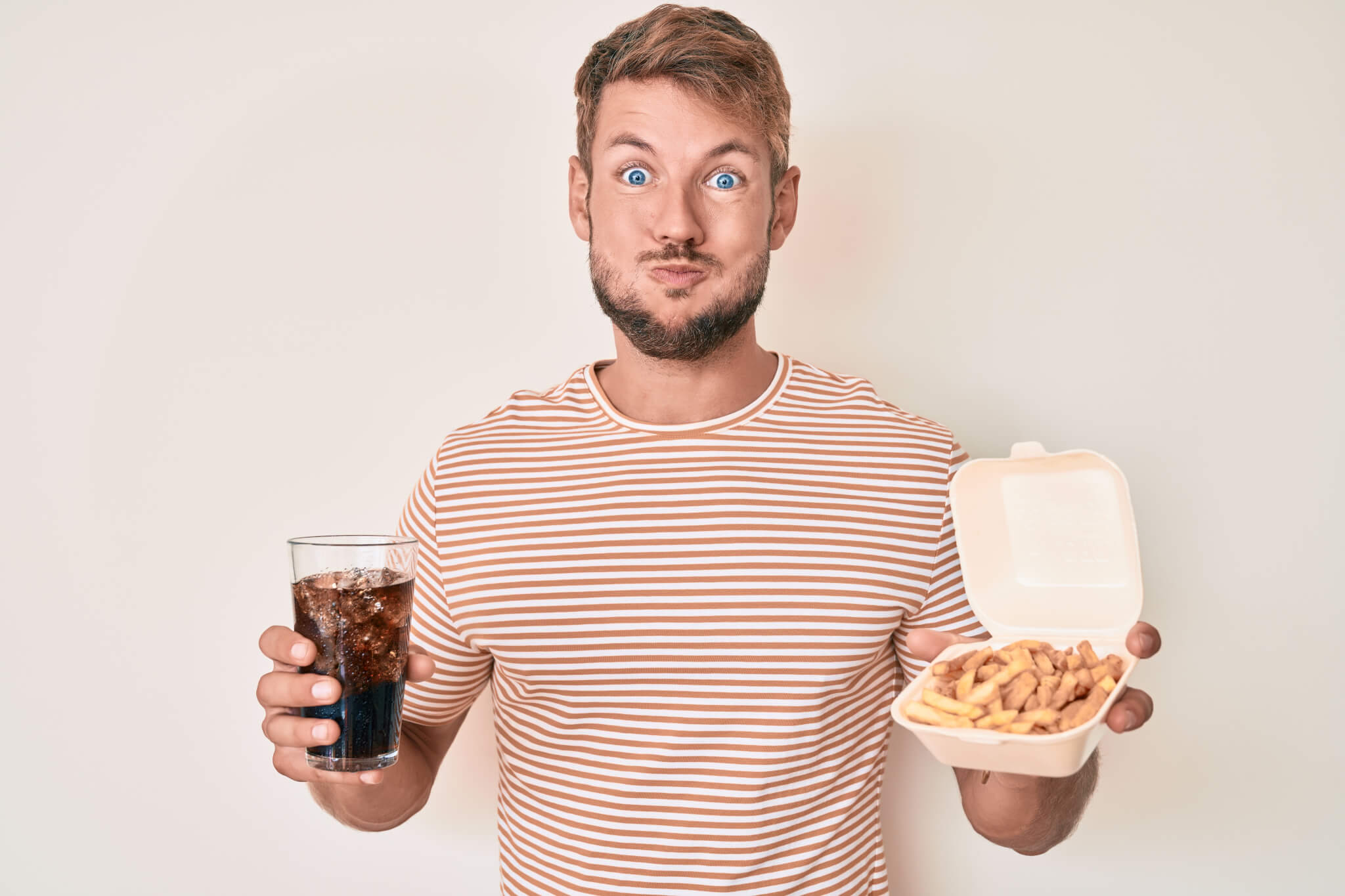AMSTERDAM, Netherlands — For years, the idea that soda could help free food stuck in your throat has been a popular belief, often suggested by various online sources and even by some medical professionals. However, researchers from Amsterdam University Medical Centers are debunking this notion, emphasizing that soft drinks are not an effective solution to this problem.
The study examined the common myth that soda is the beverage of choice that can help dislodge food stuck in the esophagus.
“Emergency physician Elise Tiebie, the driving force behind this project, saw online that this was really a rumor, from tip websites to Wikipedia as well as an anecdote in a British newspaper about paramedics saving a life by using cola. I’ve even heard doctors recommending it,” says study lead author Arjan Bredenoord, a professor of gastroenterology at Amsterdam UMC, in a university release.
When a piece of food becomes lodged in the esophagus, it can cause discomfort and, in severe cases, may even lead to the inability to swallow saliva. Typically, this occurs due to a narrowing of the esophagus, which can result from scarring due to prior inflammation or from constriction by a tumor.
“This can be really dangerous, so it’s important that people get the correct treatment. That’s why we wanted to check if this works,” explains Bredenoord.
The team notes that this is of particular concern during the holidays when many people are attending large gatherings with lots of food available.
Scroll down: Is having food in your throat and choking the same thing?

When food becomes stuck in the esophagus, it can sometimes dislodge on its own, but in other cases, medical intervention is necessary. Patients with a suspicion that the food obstruction remains in the esophagus often require an emergency endoscopy. During this procedure, a camera is inserted through the mouth into the esophagus, and the trapped food is removed using a net or forceps.
Past suggestions proposed that soda might help dissolve the trapped food and potentially prevent the need for emergency endoscopy. To investigate the effectiveness and safety of this approach, Bredenoord and his team conducted a study across five Dutch hospitals.
In the study, 51 patients with food stuck in their esophagus participated. Half of the patients took sips of soda in the emergency room while awaiting an endoscopy, while the other half did not receive a soft drink and simply waited. If patients were still unable to swallow saliva, they underwent an emergency endoscopy to remove the obstructions.
The results of the study conclusively showed that soda did not aid in dislodging the stuck food. Both groups, those who received the drink and those who did not, experienced an improvement in 61 percent of cases. More importantly, no side-effects or complications were observed in patients who consumed soda.
“There was no improvement when using cola to loosen stuck food in the esophagus, often the food dislodged on its own after a while and otherwise, we performed an endoscopy. Hopefully this put this myth to rest,” concludes Bredenoord.
Choking is NOT the same as having food stuck in your throat
The terms “choking” and “having food stuck in your throat” are often used interchangeably, but they refer to slightly different situations:
Choking is a medical emergency. Choking occurs when a foreign object, often a piece of food, gets lodged in the throat or windpipe, blocking the flow of air to the lungs. In choking, the airway is partially or completely blocked, which can quickly become life-threatening if not addressed. Symptoms of choking include an inability to talk, difficulty breathing or noisy breathing, coughing or gagging, face turning blue, and loss of consciousness if the blockage is not cleared.
Having food stuck in your throat often refers to a situation where food is lodged in the esophagus, the tube that carries food from the mouth to the stomach. This can be uncomfortable, but it is not as immediately dangerous as choking. The person can typically still breathe and talk but may experience discomfort or difficulty swallowing. This situation is often resolved by drinking fluids, eating something soft to push the food down, or, in more severe cases, might require medical intervention to remove the food.
It’s important to differentiate between these two because choking requires immediate action, such as performing the Heimlich maneuver or seeking emergency medical attention.
The study is published in the journal The BMJ.

